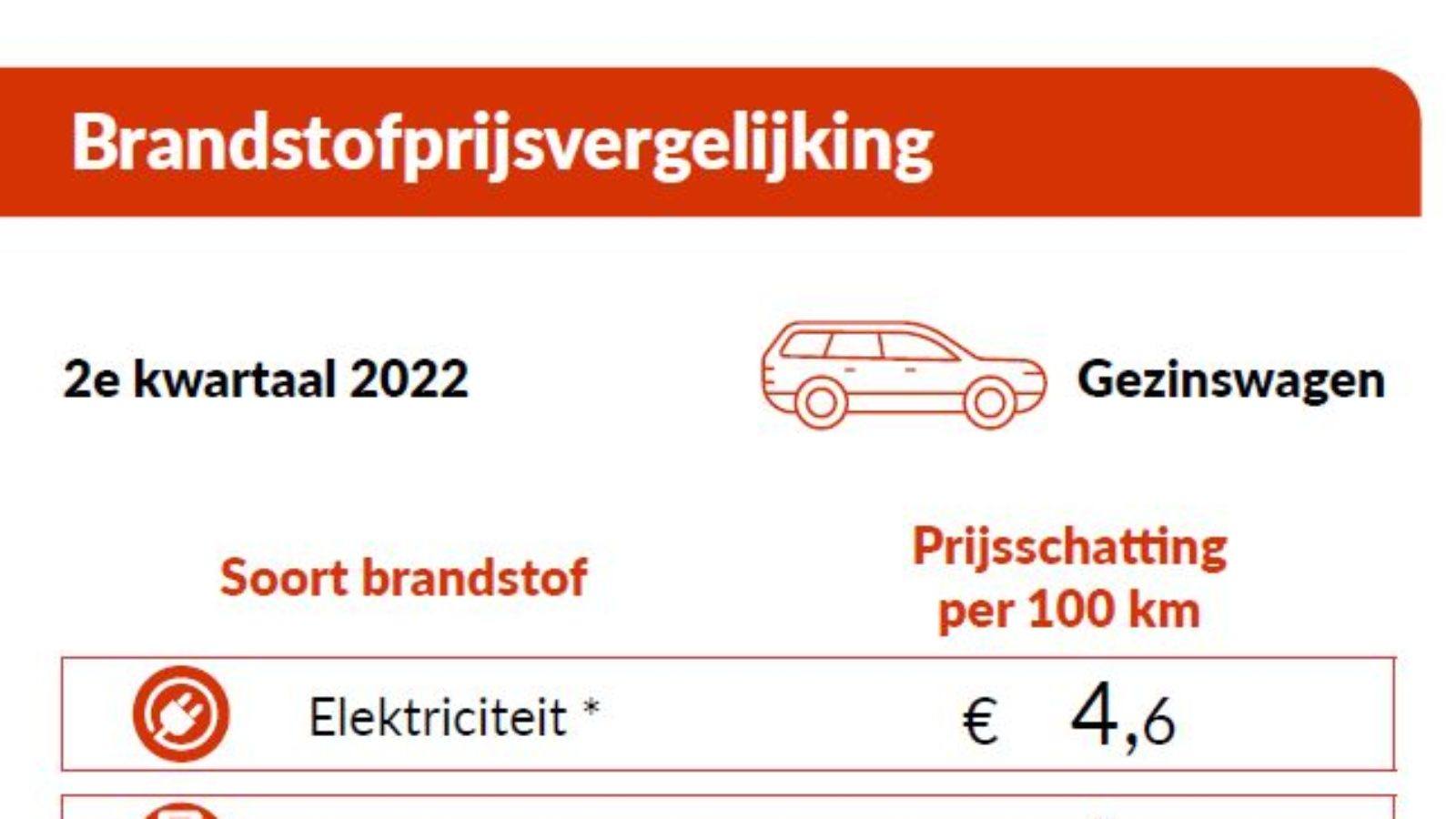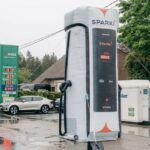Support measure for alternative fuels
The sign of average fuel prices comes as a result of a European measure to give alternative fuels a boost and to help consumers when choosing a new car. In the latter case, it’s not only the purchase price that is omportant, but also the fuel cost. The fuel cost is also gaining in importance, especially with the rising energy and fuel prices.
That is why the European Union obliges to put up the sign that shows the prices of the following 6 fuels, based on a consumption per 100km: Petrol 95 E10, Diesel B7, LPG, Electricity, Hydrogen & CNG. The sign must be posted in a clearly visible place near the pumps as soon as 3 of the 6 of the above fuels are offered. They are updated 2 weeks before the start of each new quarter with the latest fuel price information. The new sign must then be displayed on the first day of each quarter.
How is this fuel price calculated?
How the prices are calculated is determined at European level. That way, the European Union ensures that prices in Europe are comparable. The FPS Economy compares fuel prices over a distance of 100 km for the best-selling car models within each segment. The average fuel consumption is calculated using the average consumption information of those vehicles (according to WLTP, Worldwide harmonized Light vehicles Test Procedures). They multiply that average by the average fuel price of the previous quarter. This results in a price in euros per 100 km.
It should be noted that our government has chosen to calculate the price of electricity based on the price you pay at home. This is somewhat misleading because this price is lower than the price you pay at a public charging station. For petrol and diesel, our government has chosen to use the official maximum price as the basis for the calculation. Again misleading because many gas stations usually give a considerable discount. In short, they are comparing apples to oranges. In addition, the question is what our government will do if more and more people start driving electrically. Also considering the fact that less money is received through excise duties on petrol and diesel. Our wild guess is that the price of electricity would then be considerably higher.


